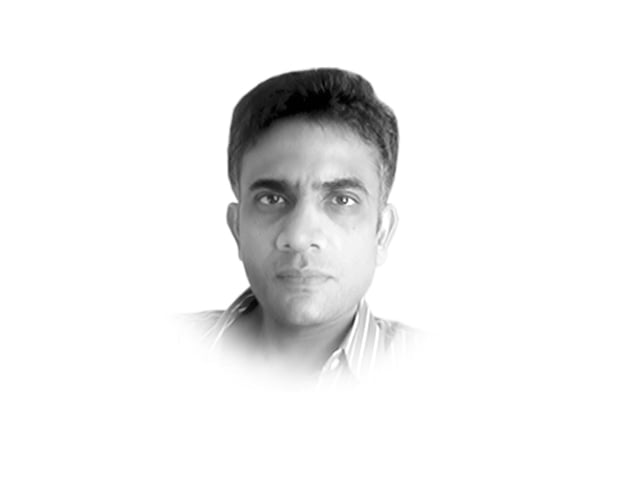
In September last year, the BBC reported the army telling the government it would need to spend an additional $1.28 billion. This money, Pakistan then informed the IMF, would come from a 50 per cent cut in the development budget and a 20 per cent cut in the non-development budget, the report had said.
No nation can prosper by halving its development budget. But Pakistanis approve of this. Indeed, they are enthusiastic about it (if they think about it at all) given the army’s popularity. Let us try and understand why.
India’s national anthem was composed in December 1911, a century ago and 36 years before Partition. The anthem announces the geography of India. The first two regions we sing of are Punjab and Sindh. After Partition, of these two states, India got a third of one and nothing of the other. However, the anthem’s words do not seem out of place today. A Punjabi is India’s prime minister, and Sindh and the Indus are how India got its name.
What is remarkable is that even in 1911, Balochistan and the Northwest frontier were not a part of the India of our imagination. The Pathan has always been a foreigner, even as a Bollywood character.
At Partition, few Baloch Hindus were displaced and no Pashtun Hindus, because there were none. These two places were unaffected by Partition. The Partition of India on the west was actually only the partition of Punjab.
Punjabis were savage with one another. Today, few Muslims remain in Indian Punjab, having been thrown out or killed, and almost no Sikhs and Hindus remain in Pakistani Punjab. So it was religious partitioning, but this is unimportant. The partition of Punjab was also a partition of its castes. This separation is its critical aspect and it defines the character of Pakistani Punjab. What had been a stable society in united Punjab became lighter on the side of the castes the Hindus dominated — trade, commerce — and heavier on the side of the peasant castes, which Muslims dominated. It is true that the largest component of all three Punjabi faiths — Muslim, Sikh and Hindu was the peasantry — and it was the dominant component of the British Indian army.
However, the Hindu Punjabis had a very large mercantile population, comprising Khatris, Aroras and the Vaish (Baniyas). They were the creators of wealth and are today all in India. Two of these castes (Khatris and Aroras) were present in strong numbers in the Sikhs. Muslims had very few Khatris and no Baniyas. This is why Pakistani Punjab, though it contains over half of Pakistan’s population, does not dominate the country’s economy.
The economy of Pakistan is commanded by one city in Sindh, Karachi. Over 50 per cent of all government revenue comes from Karachi.
Despite the violence in Karachi, which is mainly of a secular nature, Sindh is more normal than Punjab. One reason for this is because it has a stable society. How? The Sindhi Hindus who left at Partition were replaced by two communities. One was the educated middle class of Uttar Pradesh and Bihar, the Mohajirs. The gap in the trading community created by the migration of Hindus was filled by Muslim Gujaratis of the Lohana caste — Memon, Khoja and Vora. Quaid-e-Azam was also a Lohana, one of the most talented and prosperous trading castes of India.
This is why Sindh is more normal than Punjab, despite the Mohajir-Pashtun skirmishes in Karachi. Because it is a stable society in terms of balance between those parts that are feudal and those parts that are mercantile. This balance is missing in Punjab.
Pakistanis may feel offended at such reduction in their identity to what might be seen as a purely Hindu currency, caste. However, it is impossible to understand India without being aware of caste and I see no reason why this should not be true for the area that used to be India till 65 years ago.
I would say that the Baloch are a nation, Pashtuns are a nation, Gujaratis are a nation, Tamilians are a nation and Punjabis are a nation. But Punjabi Muslims are not a nation, only half a nation.
How does this imbalance manifest itself in the way Punjab views the army? We shall explore that next week.
Published in The Express Tribune, January 1st, 2012.





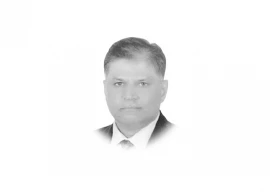
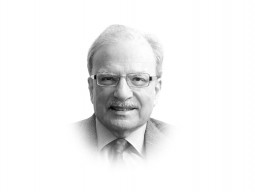

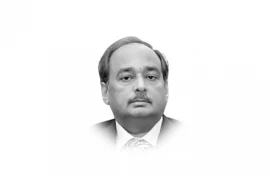



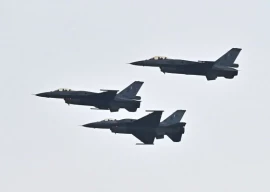





COMMENTS
Comments are moderated and generally will be posted if they are on-topic and not abusive.
For more information, please see our Comments FAQ